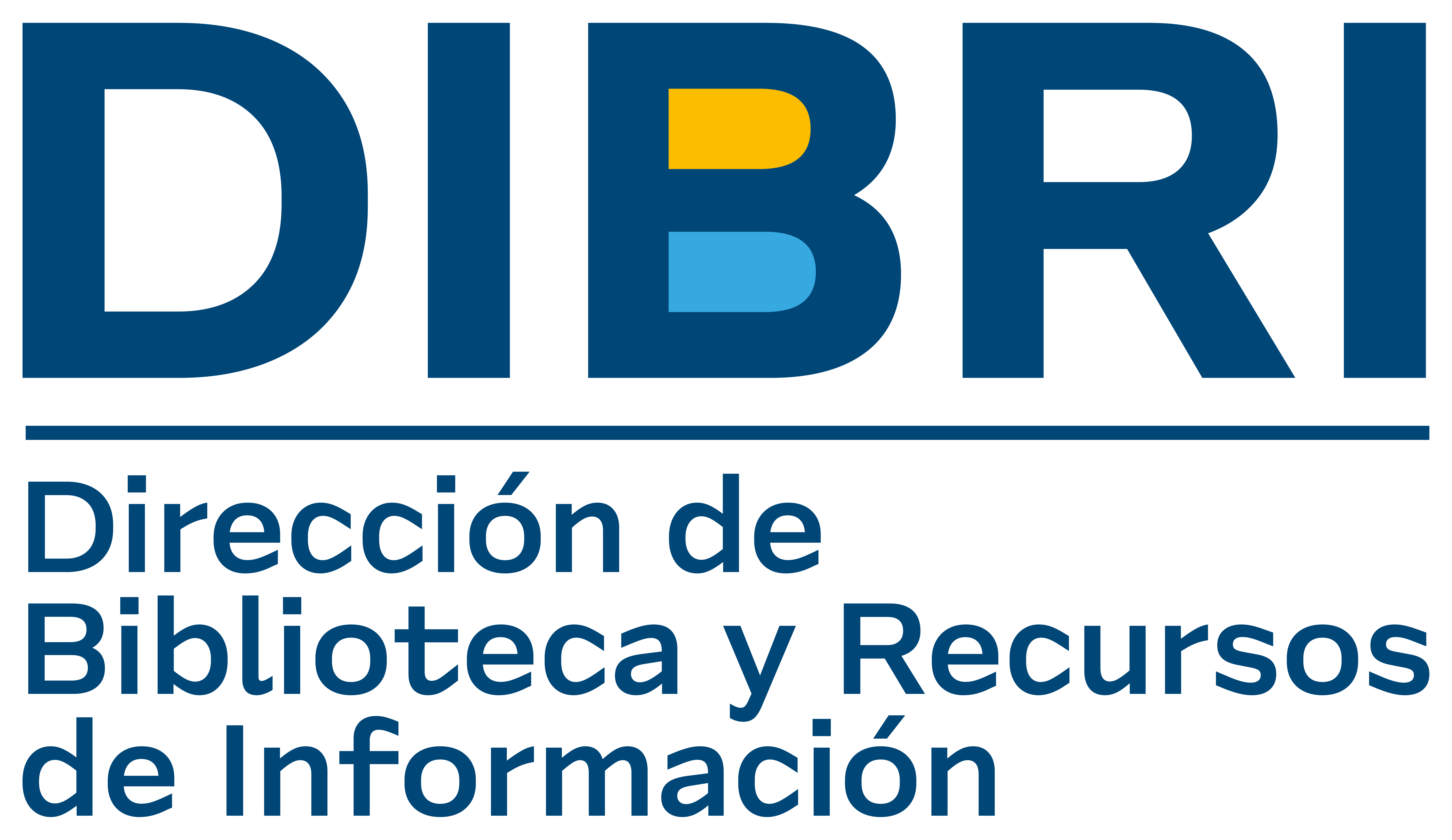Effectiveness of teaching methodologies used by teachers in tenth grades of five different schools of the Metropolitan Region, Chile
Resumen
“Those who know nothing of foreign languages know nothing of their own“ Johann Wolfgang von Goethe Nowadays English teachers are more conscious about the methodology they use in their lessons and thereby to obtain a meaningful learning in their students. We know that, methodologies have been studied and applied for more than a century. In the late 1800s and most of the 1900s, language teaching was usually conceived in terms of method. In seeking to improve teaching practices, teachers and researchers would typically try to find out which method was the most effective. Many wellknown authors defined Methodology as the link which connects the theory and practice (LarsenFreeman, 2000), (Richards, 2001). Theory statements include the theoretical aspects of language and how language is taught and learned or, in other words, theories are linked to various design features of language instruction. These design features might include stated objectives, syllabus specifications, types of activities, roles of teachers, learners, materials, and so forth. Design features, in turn, are linked to the actual teaching and learning practices as observed in the environments where language teaching and learning take place. Even though methodologies play an important role in the second language learning, we cannot forget the importance of the sociocultural and the socioeconomic environment where the student and the teacher are inserted. According to Ravi Bhushan, “…Any language must be treated in a social context. For a language teacher, it is important to relate language to society, because languages are taught a nd learnt to establish contact and communication across language boundaries. In fact , society and culture are more than background and context. They both represent people with w to hom the learners eventually have make contact if language learning is to hav e any value in human terms. Language teaching can be looked upon as a deliberate intervention into ethnolinguistic relations which can be planned more or less effectively and which can contribute to the bilingualism of a society. Sociocultural factors t hat affect motivation, such as the relative social status of the first language and the second language, the instrumental value of the second language, the cultural value of the second language and political factors should be considered. Sociolinguistics a nd other social sciences have a major role to play in second language pedagogy, profoundly influencing the quality of language programmes and provision of language in a speech community”. In most of the cases we know, students with a proper level of Englis part of the middleh are upper class where they can find the tools and the way to develop the language. (Educacion2020, 2013) In 1998, the Chilean Ministry of Education presented an overall Chilean school curriculum reform that specified the teaching objectives for various subjects of study for primary and secondary schools. The major change in the curriculum was the emphasis given to receptive skills as opposed to productive skills, (Mckay, 2001). A ccording to that, many English t and apply them eachers had to c hange their methodolo gies in order to encourage their students and guide them to the achievements of the target language. Nevertheless, the new methodologies were not useful enough for the students, because lessons were taking dist ance from the students’ motivations, making lessons completely receptive rather than productive. Consequently, methodologies created a knowledge gap among the different types of schools in the Metropolitan Region (El Mercurio, 2013). Based on the methodolo gies applied by the teachers and the existing knowledge gaps, the following study intends to ascertain the effectiveness of the methodologies used by five teachers from different schools in the Metropolitan Region. It is for this purpose that we chose five classes of 10 th grade in an identical numbers of schools, all from different backgrounds. In order to gather information that might be relevant to our research, we interviewed the teachers, conducted a small survey, analyzed the results and tried to give that could be of some benefits for our research. an interpretation of the results The information obtained in our research, along with the objectives, hypothesis, problems, results and conclusions are presented in the following pages.



